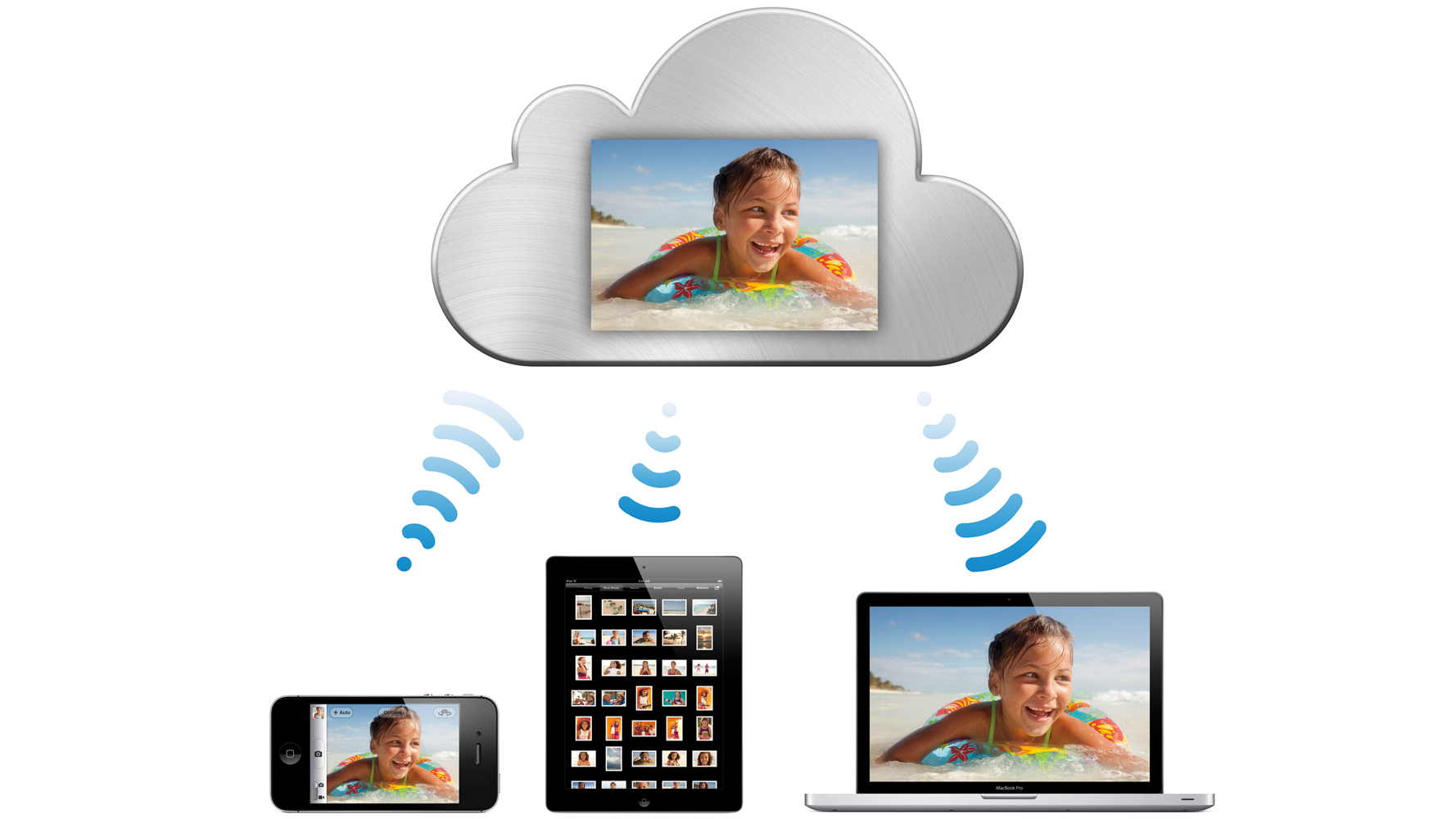AT&T axing all but Mobile Share plans for new customers
It's the way of the world

If you've thought about heading over to AT&T but don't want to pool data between devices, we recommend signing up before Oct. 25.
Starting then, AT&T will give new customers no other option than to sign-up for a Mobile Share plan, nixing the option of traditional data plans for newbies.
"[We're] streamlining the plans we offer new customers," the company said in a blog post. "Our customers have expressed an overwhelming preference for simplified options that allow them to share data across multiple devices."
According to AT&T, Mobile Share "is the most popular plan that new customers choose when coming to AT&T."
"In 95% of the new customers scenarios, Mobile Share offers the same or better price with additional value."
Data do's
Existing AT&T customers will be able to keep their current plan and won't be forced to switch to a Mobile Share, even if they upgrade to a new device.
Mobile Share customers can connect up to 10 devices in a single Mobile Share plan, adding a new device for anywhere between $10/month (tablets and gaming devices using shared data) to $30/month (basic and messaging phones with shared data and unlimited talk and text).
Get daily insight, inspiration and deals in your inbox
Sign up for breaking news, reviews, opinion, top tech deals, and more.
Data plans start at $50/month for a basic phone and $70/month for a smartphone, each with 300MB of data and unlimited talk and text. Of course, the more devices you add, the quicker your data can be eaten up, so AT&T stands to make quite the caboodle.
Because everything is better in pictures, check out AT&T's infographic explaining its Mobile Share option.
AT&T's move follows rival Verizon, which has for some time now required new customers to sign-up with a Share Everything plan.
Michelle was previously a news editor at TechRadar, leading consumer tech news and reviews. Michelle is now a Content Strategist at Facebook. A versatile, highly effective content writer and skilled editor with a keen eye for detail, Michelle is a collaborative problem solver and covered everything from smartwatches and microprocessors to VR and self-driving cars.
